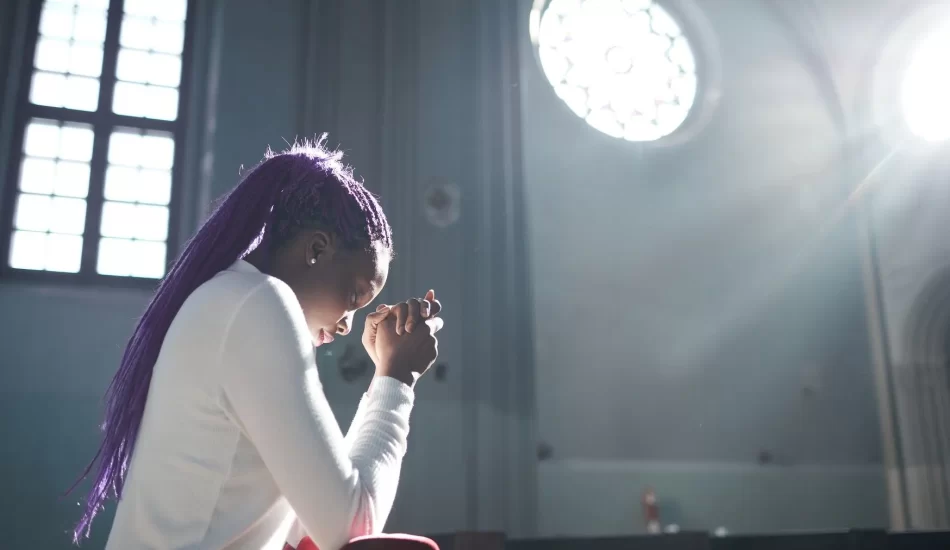R-1 Visa Demographics

The R-1 visa is a temporary non-immigrant visa that allows religious workers to work in the United States for up to five years. The R-1 visa program was established to provide an opportunity for religious organizations to bring in foreign religious workers to meet their religious needs. In this blog post, we will discuss the current demographics of R-1 visa distribution in the United States.
According to the U.S. Department of State, there were 4,269 R-1 visas issued in the fiscal year 2020. This number has been relatively consistent over the past few years. The top countries of origin for R-1 visa holders in 2020 were:
- Mexico – 1,195 visas
- Brazil – 393 visas
- Philippines – 324 visas
- Haiti – 258 visas
- India – 246 visas
These five countries accounted for more than half of all R-1 visas issued in 2020.
It is interesting to note that the number of R-1 visas issued to Mexican nationals has increased significantly in recent years. In 2016, only 694 R-1 visas were issued to Mexican nationals, compared to 1,195 in 2020.
In terms of religious affiliation, the majority of R-1 visa holders in 2020 identified as Christian (84.6%), followed by Buddhist (4.1%), Hindu (2.9%), and Muslim (2.8%). The remaining 5.6% identified as other or unspecified.
In terms of geographic distribution within the United States, the states with the highest number of R-1 visa holders in 2020 were California (630), Texas (369), and Florida (348). These three states alone accounted for almost one-third of all R-1 visa holders in the United States.
It is important to note that the R-1 visa program has been subject to some controversy in recent years, with some critics arguing that it is being used as a way for employers to bring in cheap labor from abroad. Others argue that the program is necessary to meet the religious needs of diverse communities in the United States.
In conclusion, the R-1 visa program provides an important opportunity for religious organizations to bring in foreign religious workers to meet their religious needs. The current demographics of R-1 visa distribution in the United States reflect a diverse group of religious workers, with the majority identifying as Christian and coming from countries such as Mexico, Brazil, and the Philippines. While the program has faced some controversy, it remains an important tool for religious organizations in the United States.
